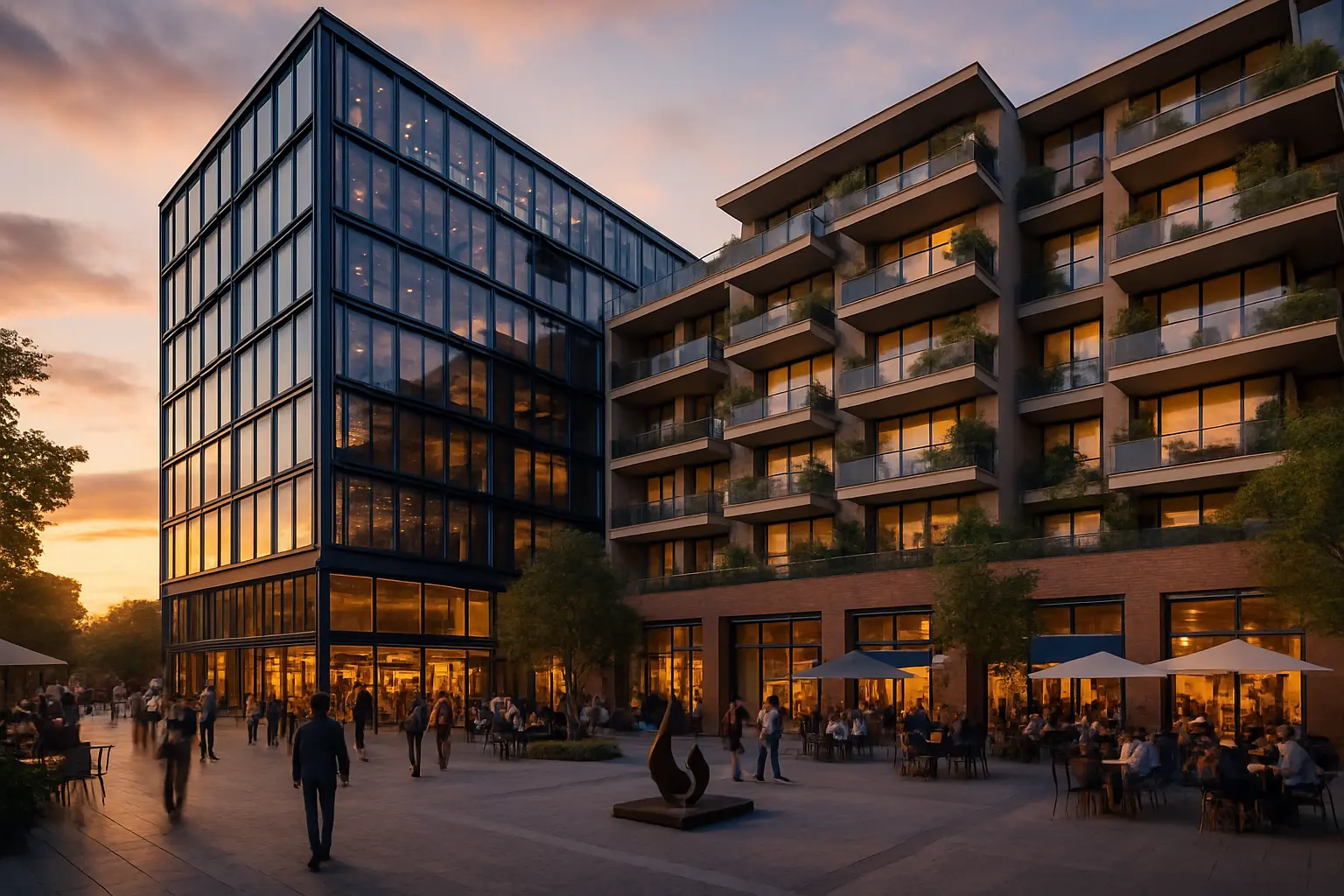Mixed-Use Magic: The Rise of Live-Work-Play Developments
Discover how modern developments are redefining the boundaries between residential and commercial spaces to create vibrant, sustainable communities.

The Evolution of Urban Planning
Urban landscapes are undergoing a remarkable transformation as mixed-use developments emerge as the cornerstone of modern city planning. These innovative spaces are revolutionizing how we think about the intersection of living, working, and leisure activities. The traditional boundaries between residential and commercial zones are becoming increasingly fluid, responding to a growing demand for more integrated and efficient lifestyles.
The shift towards mixed-use developments reflects a deeper understanding of contemporary urban needs. As cities grapple with population density and sustainability challenges, these developments offer practical solutions by:
- Reducing commute times and carbon footprints
- Maximizing land use efficiency
- Creating self-sustaining neighborhood ecosystems
- Promoting walkability and community engagement
Design Innovation
Architects and developers are pushing the boundaries of conventional design to create spaces that seamlessly integrate different aspects of daily life. Modern mixed-use developments are masterpieces of functional aesthetics, where every element serves multiple purposes while maintaining visual harmony.
Key Design Features
- Flexible spaces that adapt to changing needs
- Green technology integration for sustainability
- Smart building systems for enhanced efficiency
- Public spaces that foster community interaction
"Mixed-use developments are not just buildings; they're carefully orchestrated environments that enhance quality of life while maximizing property value."
Community Impact
The social fabric of neighborhoods is being strengthened through thoughtfully designed mixed-use spaces. These developments create natural gathering points where residents can connect, collaborate, and build lasting community bonds. Local businesses thrive in these environments, benefiting from a built-in customer base while providing essential services to residents.
Economic Benefits
The symbiotic relationship between residential and commercial spaces in mixed-use developments generates significant economic advantages:
- Increased foot traffic for local businesses
- Job creation within walking distance of homes
- Enhanced property values
- Reduced infrastructure costs for cities
Investment Potential
Mixed-use developments represent a compelling investment opportunity in the real estate market. These properties often demonstrate stronger resilience during economic fluctuations, thanks to their diversified nature and ability to adapt to market changes.
Investment Advantages
- Multiple revenue streams from different property uses
- Higher occupancy rates due to convenience factor
- Strong appreciation potential
- Reduced investment risk through diversification
As we look to the future, mixed-use developments stand as beacons of innovation in urban planning. They offer a blueprint for creating sustainable, vibrant communities that enhance quality of life while providing robust investment opportunities. The success of these developments proves that when we blur the lines between where we live, work, and play, we create spaces that truly serve the needs of modern urban dwellers.


